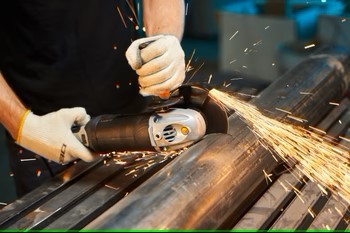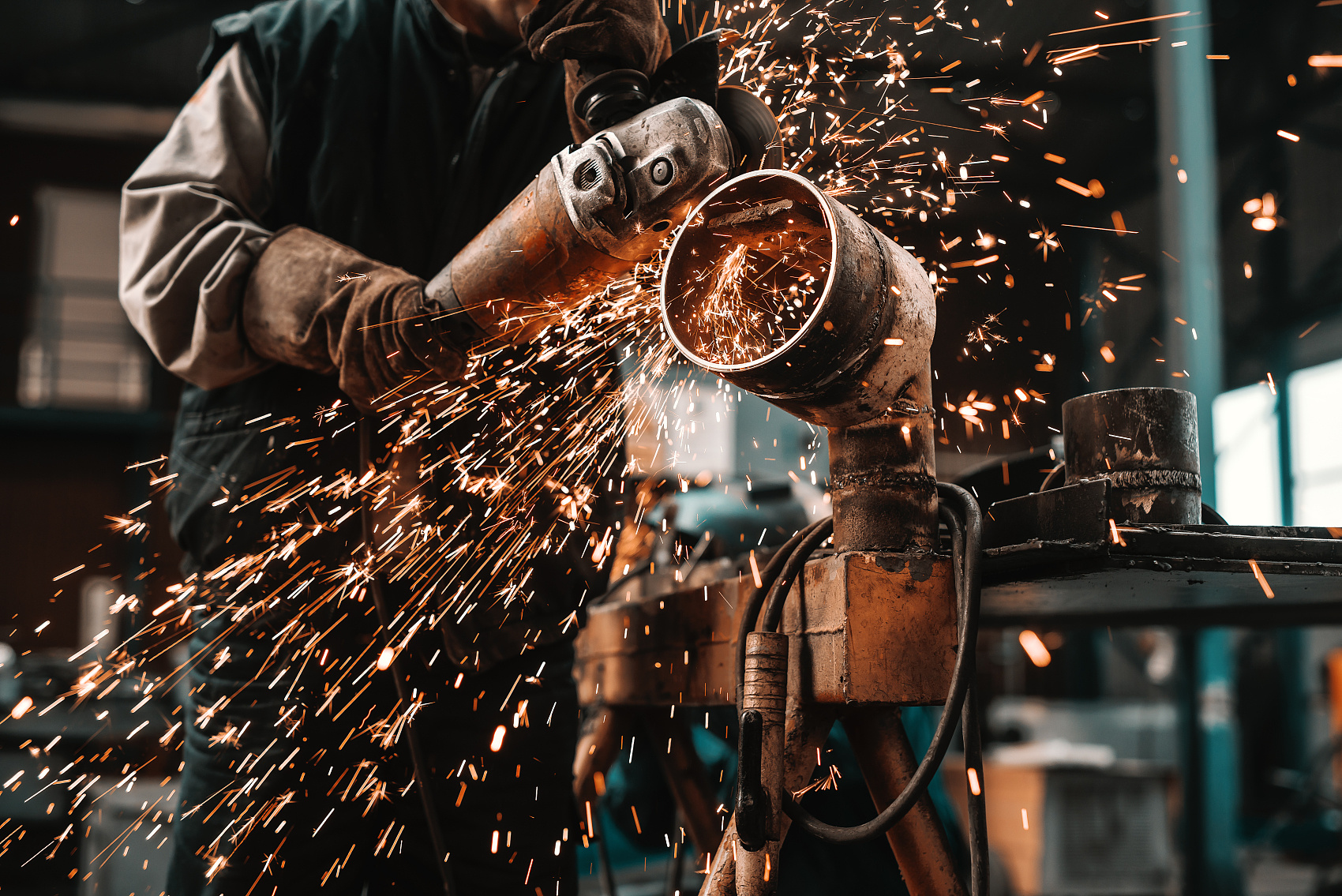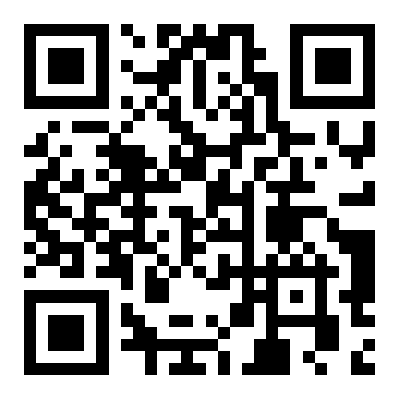How to choose cutting disc/wheel (with Angle grinding machine use tutorial)
Release time:
2025-01-14
When selecting a cutting disc, several critical factors must be considered to ensure optimal cutting efficiency and extended service life.
Firstly, it is essential to determine the nature of the material to be cut. For hard materials such as steel and ceramics, diamond cutting disc are recommended, whereas softer materials like wood and plastic are better suited for silicon carbide cutting disc.
Secondly, the abrasive particle size should be balanced. Cutting tools with a lower particle count offer sharper cuts but are more susceptible to wear, while those with a higher particle count provide greater durability at the expense of cutting quality. The choice should be made based on specific requirements.
Additionally, the hardness of the cutting disc is crucial;a higher hardness enhances durability but may compromise cutting performance, necessitating a reasonable balance. Furthermore, the diameter, thickness, and shape of the cutting disc cannot be overlooked, as these parameters also influence cutting performance.
In summary, selecting the appropriate cutting disc requires a comprehensive evaluation of material properties, abrasive particle size, hardness, and other relevant factors. Through careful selection and balancing, the best cutting performance and longevity can be achieved.

Append:
Preparation before using the Angle grinder.
Before you begin, make sure you have the following tools and materials on hand:
- Angle Grinder: Choose an angle grinder that suits the material you’re cutting. A 4.5-inch grinder works well for most tasks, while a 7-inch or larger grinder may be better for heavy-duty cutting.
- Cutting Disc/Wheel: Use the appropriate cutting disc based on the material you’re working with. Metal cutting discs are thin and work well for metal, while diamond-tipped blades are ideal for concrete, stone, and tiles.
- Clamp or Vise: You need to secure the material you’re cutting to ensure stability while you work.
- Straightedge or Guide: A straight edge or a piece of metal/aluminum can serve as a guide to help keep your cut straight.
- Marker or Chalk: This will be used to mark the cutting line.
- Safety Gear: Safety is paramount when using an angle grinder.
- Wear the following: Safety goggles、Hearing protection、Dust mask or respirator (especially when cutting materials like concrete or stone)、Thick work gloves、Long-sleeved shirt and pants to protect your skin.

Safety First: Precautions When Using an Angle Grinder.
Angle grinders are powerful tools, and if not used correctly, they can be hazardous. Follow these safety tips to ensure a safe work environment:
- Check the Grinder and Discs: Ensure the angle grinder is in good working condition, and always check the cutting disc for any cracks or defects before using it.
- Secure Your Material: Use clamps or a vise to hold your material in place, preventing it from moving during cutting. This will not only improve the accuracy of your cuts but also reduce the risk of accidents.
- Keep a Firm Grip: Always use both hands to control the grinder, and maintain a firm grip at all times.
- Cut in a Well-Ventilated Area: Angle grinders can create a lot of dust and debris, especially when cutting materials like concrete or stone. Ensure you are working in an open or well-ventilated space.
- Stay Focused and Patient: Avoid rushing. Patience and precision are crucial to making a straight cut.


















